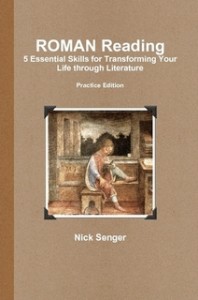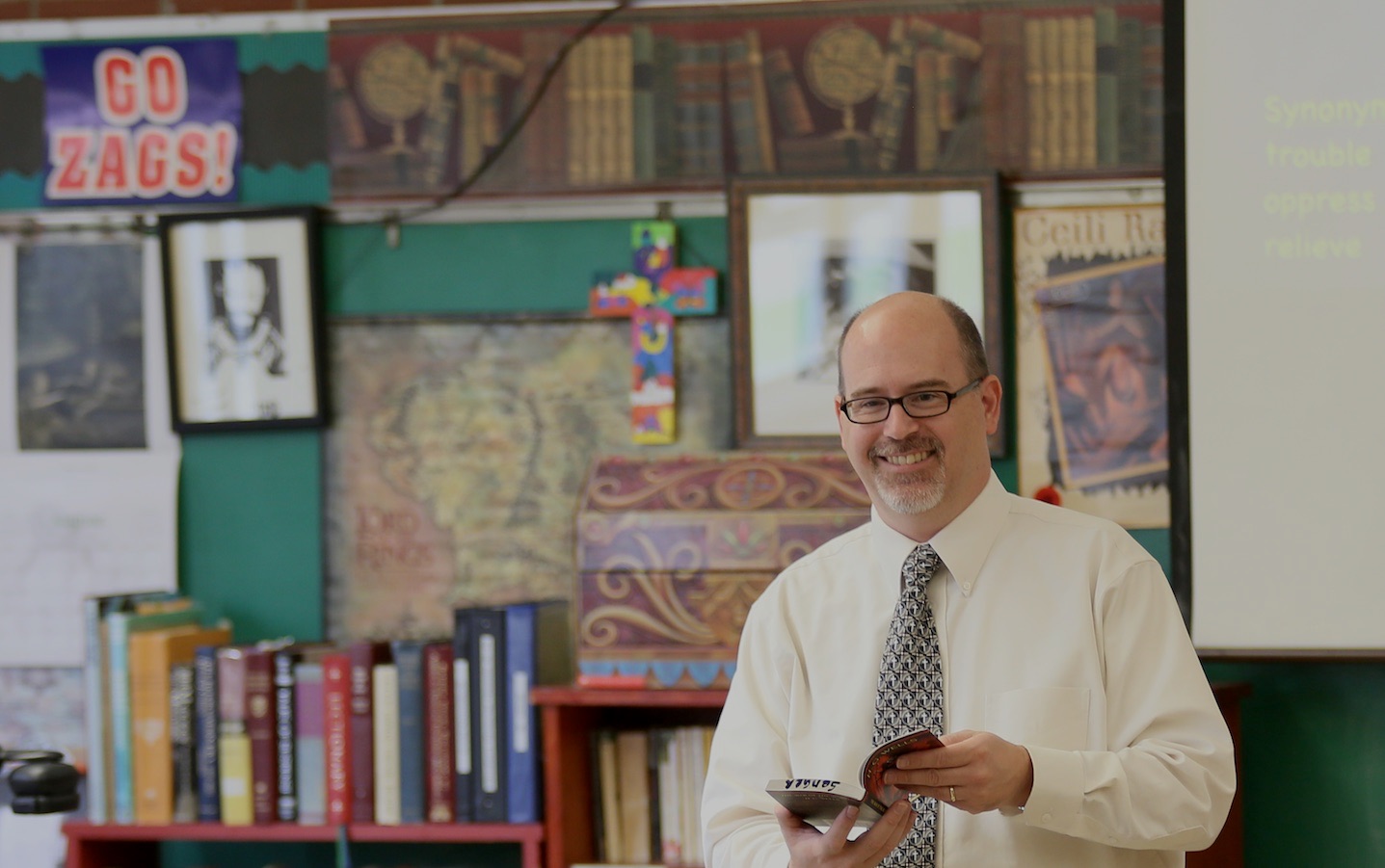 I am very excited to announce the release of the Practice Edition of ROMAN Reading, a book that will help student readers take the next big leap in understanding literature. Based on my free e-book from 2007, and written primarily for 13-18 year-olds, ROMAN Reading bridges the gap between being a fluent reader and becoming a skilled, critical, literary reader.
I am very excited to announce the release of the Practice Edition of ROMAN Reading, a book that will help student readers take the next big leap in understanding literature. Based on my free e-book from 2007, and written primarily for 13-18 year-olds, ROMAN Reading bridges the gap between being a fluent reader and becoming a skilled, critical, literary reader.
For Catholic students in particular, being a skilled reader is critically important for understanding scripture and Church doctrine. If Catholics are to know and live their faith, they must be able read the Catechism, papal documents, theological and spiritual classics and other works of religious importance. Reading popular, light fiction–as fun and entertaining as it is–is simply not enough to live a life worthy of the gospel.
As Fr. John Hardon, SJ wrote,
“Everything we read stimulates our minds to think, and what we think determines what we desire, and desires are the seedbed of our actions. Given this iron law of human nature–from reading to thinking, to desire to acting–we are shaping our destiny by the ideas we choose to have enter our minds through print.”
Short and to the point, ROMAN Reading gives readers the five tools they need to understand sophisticated books, and presents them in a way that is easy to remember:
R: Read the book/story all the way through once.
O: Outline the major events or elements of the book.
M: Mark the book.
A: Ask the right questions.
N: Name your experience.
In this expanded practice edition of ROMAN Reading, students get the chance to apply their new skills immediately with stories by some of the world’s greatest writers:
- “The Bet” by Anton Chekhov
- “God Sees the Truth But Waits” by Leo Tolstoy
- “The Happy Prince” by Oscar Wilde
- “How Much Land Does a Man Need” by Leo Tolstoy
- A Christmas Carol (unabridged) by Charles Dickens
Each story includes a checklist so readers can work their way through the five different skills and keep track of their progress.
ROMAN Reading is ideal for classrooms or home schools, as each section could be taught as a single lesson, and the entire book could be used for a multi-week introduction to how to read literature. The included stories offer thought-provoking issues and themes that make for lively discussions.
I’ve used the information in this book for many years, and I’ve seen the difference it can make in teen readers. ROMAN Reading also includes my own reading list of great books, collated from thirteen other “great books” lists.
Try ROMAN Reading today, and help the young men and women in your life begin their journey to becoming literate, skilled readers.
If you’re interested in reviewing ROMAN Reading, let me know and I’d be happy to provide you with an electronic copy.
